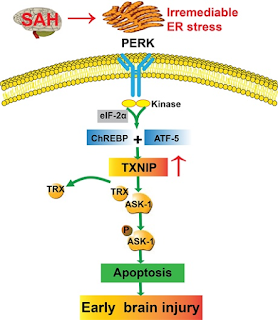Does Variability of Brain Blood Flow Increase Stroke Risk in Stroke Survivors and After TIA?

Stroke is the second leading cause of death worldwide, and high blood pressure (BP) is the most important treatable factor that increases a person’s risk of having a stroke. Stiffness of the blood vessels supplying the brain (arterial stiffness), possibly due to long-standing raised BP, is also likely to be a factor that increases stroke risk. Such increased arterial stiffness results in the blood flow through these vessels being more pulsatile (throbs faster) than usual, and this increased pulsatility can be assessed by an ultrasound scan. This research is focused on assessing the relationship between the pulsatility of the blood flow through the blood vessels supplying the brain, and the risk of stroke in patients who have already had a stroke or “mini-stroke” in the past, and in particular to see if this relationship can be explained by raised BP alone. The Oxford Vascular Study (OXVASC) recruits all patients with stroke or “ mini-stroke ” from a single population,


